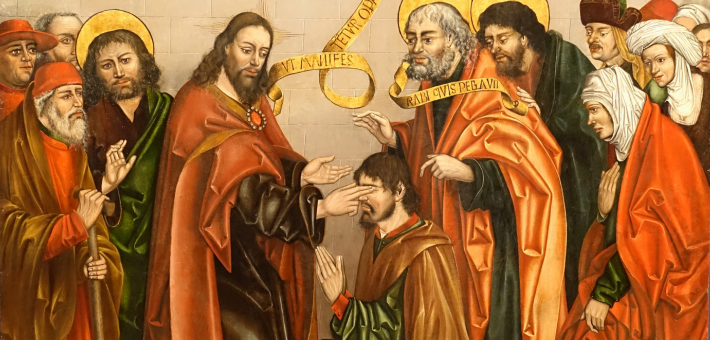Commentary on Psalm 126
Psalm 126 is among the relatively small number of psalms for which historical context is both fairly certain and highly useful for interpretation.1
The psalm’s opening line refers to a time “when the LORD restored the fortunes of Zion,” and verses 1–3 describe the people’s memory and experience of that time. Virtually all interpreters see here a reference to the return of Judahite exiles from Babylonia and the rebuilding of the Temple in Jerusalem during the latter half of the sixth century BCE, which is celebrated in the psalm as an occasion of joy so intense as to be dreamlike, and as an instance of God’s restorative power so impressive that even the surrounding nations took note of it.
This restoration of the people on a grand scale is the essential background of the psalm. All that the people have to say here is conditioned by their memory of this most stunning turn from a life of suffering and exile under the just punishment of God to a life of rejoicing in Zion under God’s favor. It is because the people remember that God has acted in this way in the past that they can pray, in verse 4, for a similar restoration in their own current situation.
Translators differ on whether to construe verses 5–6 as a continuation of the people’s petition in verse 4 or as a statement anticipating the restoration for which they pray, but in either case, it is clear that the recollection of the dramatic events of the return from exile lends confidence to the people’s prayer.
The course to take in exposition of Psalm 126 will depend upon the interpreter’s assessment of the congregation’s particular situation:
- If the congregation is undergoing significant difficulties, it may be helpful to rehearse the historical context of the psalm and to emphasize that it is a confident prayer for help, founded on the evidence and memory of God’s restorative power in times of great crisis.
Similar occasions of God’s intervention can be adduced, from Scripture and possibly from the life and history of the particular congregation, to encourage the people in prayer and in hope.
- In less distressed congregational contexts, the interpreter might draw upon the psalm’s status as one of the “Songs of Ascent,” generally understood to be a collection of psalms sung by pilgrims going up to Jerusalem to observe major religious festivals in the Second Temple period.
This context reminds the reader that prayers for God’s restoration are not only to be offered in times of crisis, but should be a part of the routine prayer life of God’s people, as the need for restoration and renewal is hardly limited to times of visible and flagrant suffering. Regular attention to this sort of prayer is important because even in the best of times, life needs regular doses of God’s renewing power, and because the best of times are, by definition, temporary.
- It is also worth noting that the petition and following verses (4–6) do not seem to envision or even request the sort of world-shaking, nation-realigning intervention that brought about the joyful return of verses 1–3. Instead, the people’s anticipated experience of the restorative power of God is described as being like the flow of seasonal waterways in the arid Negev after the winter rains, or like the growth and harvesting of crops after the sowing of seed into a barren field—something that takes time, but can be confidently expected as a regular feature of life.
Exploration of other such regular or even mundane instances of God’s renewal in the life of the congregation and the lives of its members might yield additional ground for both joy and thanksgiving in the present, and confidence for the future.
Notes
- Commentary previously published on this website October 25, 2015.


October 27, 2024